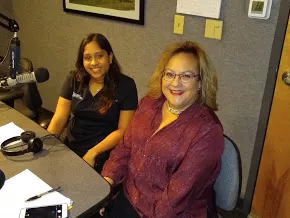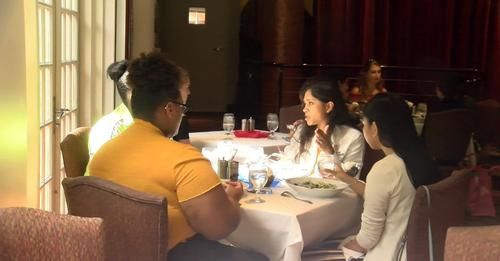Hiatal Hernia Repair with Linx Bradenton | Sarasota
Dr. Paul Toomey undertakes a reduced port (LESS+2) laparoscopic hiatal hernia repair with placement of a LINX device.
Acid reflux, heartburn and indigestion are all common symptoms of gastroesophageal reflux disease or GERD. This common problem afflicts over 20 million people every day here in the United States.
A hiatal hernia is when the stomach slips up into the chest. Hiatal hernias can worsen acid reflux as the typical sphincter mechanism in the lower esophagus is dysfunctional and there is a mechanical disturbance of the natural flow of solid foods and liquids. Pregnancy, obesity, coughing, or constipation increase intra-abdominal pressure, which can worsen the symptoms of reflux and worsen a hiatal hernia.
Generally, hiatal hernias occur more often for patients who are overweight, women and over 50 years old. Hiatal hernias can be diagnosed with upper endoscopy (EGD), an esophagram or upper gastrointestinal (UGI) series.
The LINX® Reflux Management System is a small and flexible band of interlined titanium beads with magnetic cores. In order to select the right size for the LINX device, Dr. Toomey shows in this video how the esophagus is measured. This is done with a specialized measurement tool for all patients undergoing placement of a LINX device. He first places a necklace-like tool around the lower esophagus at the level of the lower esophageal sphincter (LES) to get the best fit for the LINX device. The measurement tool is then removed and the LINX device implanted, making sure the ends of the band are aligned and securely linked.
Magnetic attraction between the beads helps the lower sphincter resist opening to gastric pressures, preventing reflux of the acidic content in the stomach into the esophagus. The device is designed so that normal swallowing pressures temporarily break the magnetic bond, allowing food and liquid to pass normally into the stomach. Due to the magnetic attraction, the device will assist in closing the lower sphincter immediately after swallowing, augmenting the lower esophageal sphincter and restoring the body’s natural barrier to reflux.
Resident Education with Laparo-Endoscopic Single Site(LESS) Cholecystectomy with Epidural Anesthesia
Laparo-Endoscopic Single Site(LESS) Cholecystectomy with Epidural Anesthesia – Presented in Las Vegas Sept 2014 at Minimally Invasive Surgery Week Annual Meeting; Society of Laparoendoscopic Surgery Annual Meeting & Endo Expo.
Resident Education with Laparo-Endoscopic Single Site(LESS) Toupet Fundoplication
Laparoendoscopic Single-Site (LESS) Toupet Fundoplication – Presented in Las Vegas Sept 2014 at Minimally Invasive Surgery Week Annual Meeting; Society of Laparoendoscopic Surgery Annual Meeting & Endo Expo. *Best General Surgery Video by a Resident at MIS Week 2014 *Honorable Mention for the Carl J. Levinson Award for Best Video at MIS Week 2014

The Dr. Triana Show with Dr. Riva Das
Dr. Triana welcomes Dr. Riva Das of Florida Surgical Specialists to talk about colon health, and the latest advances in colorectal surgery! Click on the button below to listen now!

Female surgeons mentor students for National STEM day
SARASOTA- It’s National STEM Day, an effort to help students get interested in Science, Technology, Engineering and math, and according to the National Girls Collaborative Project, women make up only 28% of the science and engineering workforce.
Womens Symposium 2019
Video from the Women’s Health Symposium Event from DHS.

